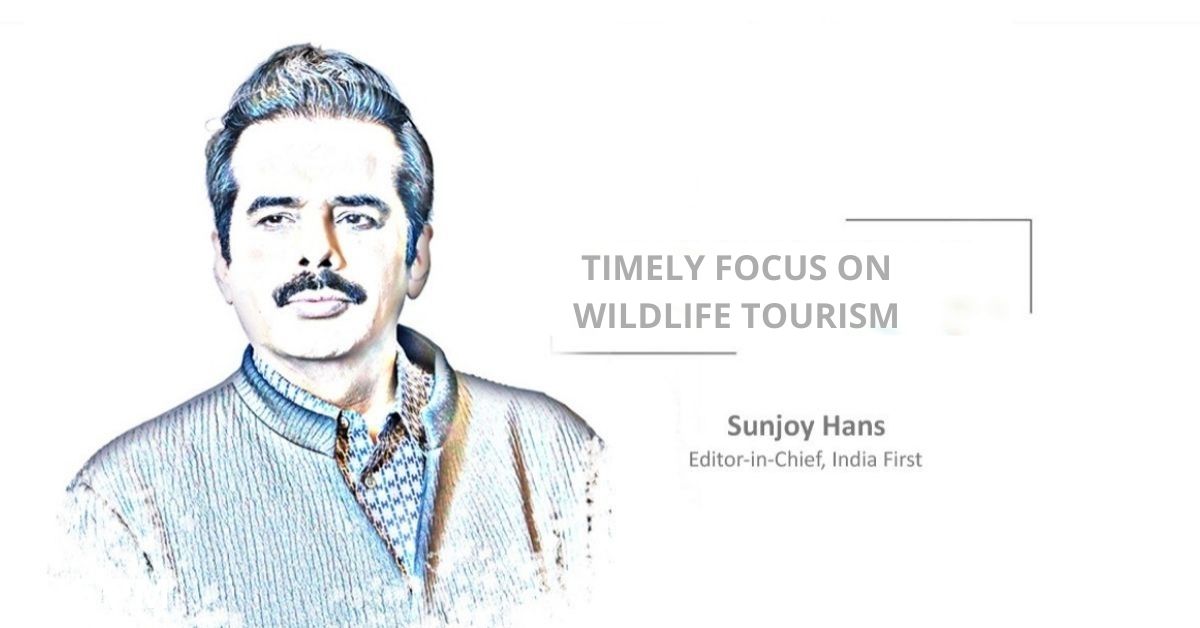Odisha is one of the few states in the country with tremendous potential for wildlife tourism and the state government is keen to realize it to the fullest. Efforts are under way to make wildlife sanctuaries and national parks more attractive to the visitors by adding to the existing facilities. More importantly, cameras are being installed in some important parks to keep an eye on the movement of animals and save them from poachers who are always on the prowl.
If media reports are to be believed, installation of cameras has begun at the Bhitarkanika National Park in Kendrapara, which is known the world over for its saltwater crocodiles and an impressively wide variety of wildlife. The spotted deer of Bhitarkanika are just as famous as its wild boars. The forests of this park, crisscrossed by creeks, are also home to several species of snakes.
Reports suggest that 20 cameras have been set up in the park in the first phase, and the officials are confident that those will not only track the movement of the animals but also keep an eye on poachers who have been quite active in the area. In the past, there have been several reports of the killing of deer from Bhitarkanika and forest officials have also seized deer meat from poachers. But poaching continues despite arrests due to the lure of easy money.
The cameras also serve another important purpose. They can aid research by providing valuable information about both herbivorous and carnivorous species in the park. It is first-hand information that cannot be gathered otherwise. Even tourists interested in knowing more about animals can take advantage of this technology. It is an ambitious project under which the forest department is reportedly planning to install around 300 cameras.
The success of the project in Bhitarkanika is imperative considering the importance of the park which, according to 2020 animal census, is home to 3,118 spotted deer, 1,811 wild boars, 2,250 rhesus macaques, 61 common langurs, 366 jackals, 44 fishing cats, 10 hyenas, 144 otters , 17 jungle cats, 24 mongooses, 10 foxes, two leopards, 23 porcupines, 13 Indian civet cats, four sambars and seven hares. But the park’s claim to fame rests mainly on the 1,768 saltwater crocodiles counted last in January this year.
Odisha’s wildlife wealth has won the admiration of international experts. It has been described as a precious resource that has the potential to boost tourism. Considering that the state government has been striving for past some time to enhance tourist footfall, it is important that it takes the necessary steps to make its wildlife sanctuaries and parks more attractive to the visitors. Improving tourist facilities at these places is just as important as ensuring the safety and good health of wild animals inhabiting the reserve forests of these beautiful Nature retreats.



Comment here